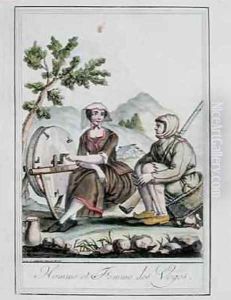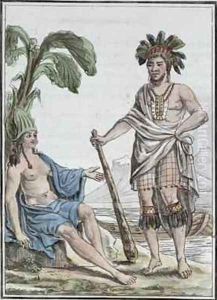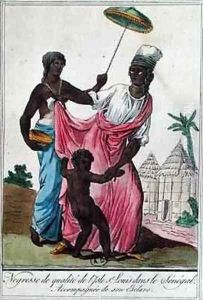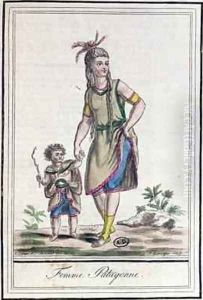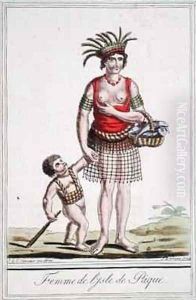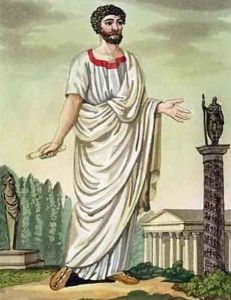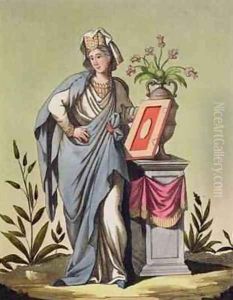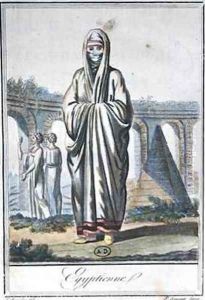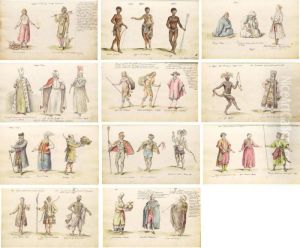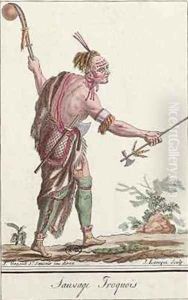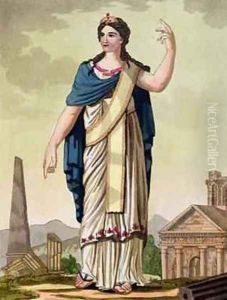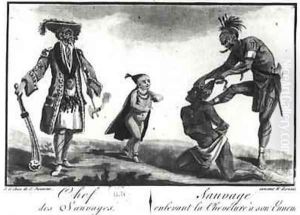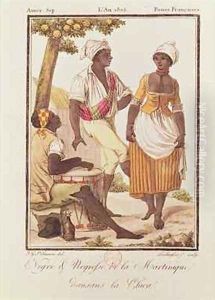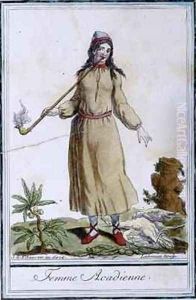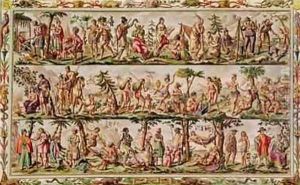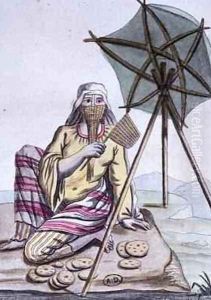





Arab woman from the desert selling bread
-
About Reproduction
Discover the allure of art with our faithful reproduction of "Arab woman from the desert selling bread", originally brought to life by the talented Jacques Grasset de Saint-Sauveur. Unlike posters or prints, our hand-painted oil painting breathes an unique sense of depth and texture into your space. Every detail, every stroke, and every texture is meticulously recreated, paying the perfect homage to Jacques Grasset de Saint-Sauveur and his artistic vision.
Owning this piece is more than just decoration - it's a statement of your refined taste in art. Let the vibrant colors and intricate details of this replica serve as a daily reminder of the beauty in our world. Elevate your decor and appreciate the richness of art with our replica of this masterpiece.
-
Painting Description
"Arab Woman from the Desert Selling Bread" is an illustration by Jacques Grasset de Saint-Sauveur, a French writer and artist known for his ethnographic studies and depictions of peoples and customs from around the world. Born in 1757, Grasset de Saint-Sauveur had a keen interest in anthropology and the emerging field of ethnography, which is reflected in his detailed and often exoticized portrayals of individuals from various cultural backgrounds.
The illustration in question is part of a larger body of work that aimed to document and categorize the dress and occupations of people from different regions. Grasset de Saint-Sauveur's work is characterized by its attention to the details of traditional clothing and the activities that define the daily lives of the subjects he chose to represent. "Arab Woman from the Desert Selling Bread" is likely to be a visual record of a scene that Grasset de Saint-Sauveur either witnessed or imagined based on the accounts of travelers and explorers of the time.
This particular piece would have been created during the late 18th or early 19th century, a period when European interest in Orientalism and the exotic was on the rise. Such images contributed to the European understanding, and often misunderstanding, of foreign cultures, as they were created through the lens of the artist's own cultural biases and the appetite of the European audience for the novel and the "other."
The illustration would have been produced using the printmaking techniques of the time, which allowed for the wide dissemination of Grasset de Saint-Sauveur's work. His illustrations were often included in encyclopedic collections and travel accounts, serving both as educational tools and as entertainment for a public fascinated by distant lands and peoples.
As with many historical artworks, it is important to consider "Arab Woman from the Desert Selling Bread" within its historical and cultural context. The image provides insight into the perceptions and representations of Arab culture by European artists during the period and serves as a piece of visual history that reflects the complexities of cross-cultural encounters and the transmission of knowledge between the East and West.
In the absence of specific information about the individual work "Arab Woman from the Desert Selling Bread," the introduction provided here offers a general overview of Jacques Grasset de Saint-Sauveur's artistic approach and the broader context in which his illustrations were created and received.
-
Lead Time & Shipping
When you order this oil painting replica, it typically takes 2-3 weeks to paint. If the artwork is more complex, it might need a little more time to ensure the best quality. Once it's ready, we'll send you a photo for your approval. After you give the green light, we'll ship it to you for free.
-
Return & Refund
We believe in the quality of our hand-painted oil painting reproductions, and your satisfaction is our priority. If for any reason, you are not completely satisfied with your purchase, we offer a 45-day return policy. You can return your artwork within 45 days of receipt and receive a full refund. Please note that the artwork must be returned in the original packaging and in the same condition as it was received.





